From the February 2023 issue of Apollo. Preview and subscribe here.
Shows of Old Masters draw huge crowds, as two blockbuster exhibitions opening this month will no doubt prove. In Amsterdam, the Rijksmuseum is presenting the most complete exhibition ever mounted of works by Johannes Vermeer, with at least 28 paintings on show of the 34 known to be him and three more of disputed attribution (10 February–4 June). In London, the V&A will open ‘Donatello: Sculpting the Renaissance’ a day later (11 February–11 June). It attracted rave reviews when it was shown in Florence and Berlin and was Apollo’s Exhibition of the Year in 2022. But buzz in the art market for Old Masters is not so evident, with experts periodically predicting the long, slow demise of the category. It was an assertion heard yet again in December at the London auctions.
‘Old Masters’ covers a long historical period, roughly 1300 to 1800 – although the auction houses increasingly include 19th-century works in their sales. Despite this widening of the category, Sotheby’s and Christie’s presented just 36 and 29 works in their main evening sales, making £33m and £13m respectively. To most people, a total of £46m hardly suggests moribundity, and at both auction houses the results were up significantly on their London sales in December 2021.
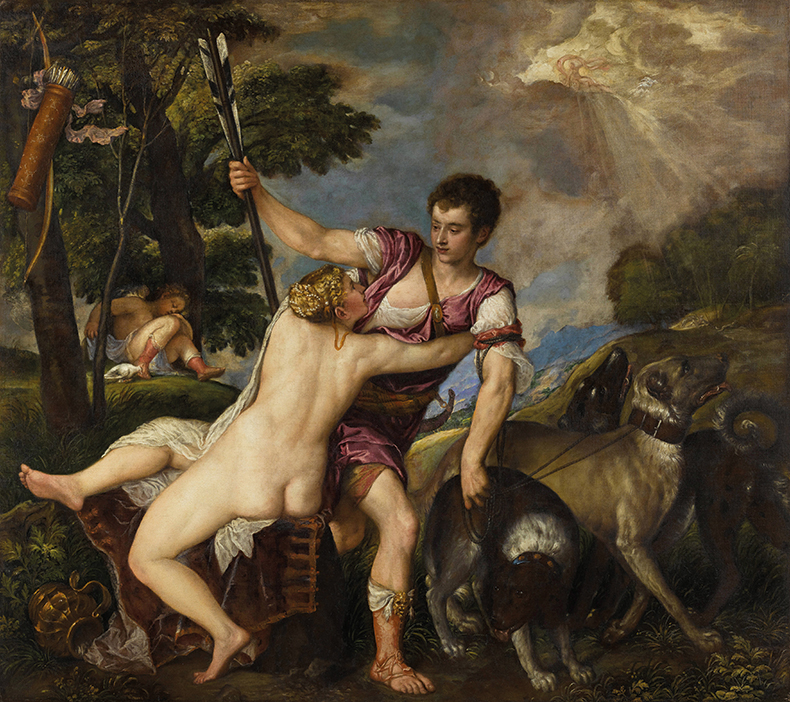
Venus and Adonis (c. 1555–57), Titian and workshop. Sotheby’s, London
But Old Master sales are routinely dwarfed by post-war and contemporary results. Sotheby’s and Christie’s evening contemporary sales made a combined total of £170m in London in October and $429m in New York a month later. The top 25 sales in all categories at auction last year were works by modern and contemporary artists (a work by Botticelli, Madonna of the Magnificat, from the 1480s, slipped in at number 26, achieving $48.5m in the sale of the collection of Microsoft billionaire Paul Allen). It is hard to believe now that Sotheby’s started selling cutting-edge contemporary art only in 1997. At the time, older art, including Impressionist, modern and Old Master paintings, encompassed the most important categories.
Analysis just released of sales at Sotheby’s, Christie’s and Phillips by the research firm ArtTactic shows how much the market has shifted. In 2022 Old Masters accounted for less than 5 per cent of auction sales, while post- war and contemporary art made up nearly 45 per cent of the $7.5bn total and Impressionist and modern art the remaining 50 per cent. In fact, the Old Master auction market is now only a little larger, at $369m, than the much riskier market for contemporary artists aged under 45 ($303m).
There are reasons to treat these figures with caution, not least because they don’t include sales by galleries, private dealers, specialist auction houses and Sotheby’s and Christie’s own burgeoning private sales departments. The Old Master market, being the most traditional, is also the most discreet, and it is likely that many sellers bypass public auctions. Last year, for example, it emerged that the Rijksmuseum had negotiated the purchase of Rembrandt’s The Standard Bearer (1636) for €175m from members of the Rothschild family – Acquisition of the Year in the Apollo Awards. This followed the purchase of a pair of Rembrandt wedding portraits for €160m from other members of the family a few years before. These sales are only known about because the paintings needed export licences.
Nevertheless, many of the challenges facing the Old Master market were evident in London. Top works by the most famous artists are in increasingly short supply, as their owners donate them to museums in lieu of inheritance taxes or as gifts. But both anecdotal evidence and data suggest it is mostly top Old Master works that collectors really want. ‘There’s definitely a general trend towards big names,’ says Letizia Treves, a senior partner at Moretti Fine Art. ‘The middle of the market has been struggling for some time, as it was when I left Sotheby’s ten years ago, and I’d say there’s little interest at the lower price range.’
The two most promoted lots in London were attributed to famous artists, Holbein and Titian, but neither was fully ‘autograph’ (that is, painted wholly by the specified master).
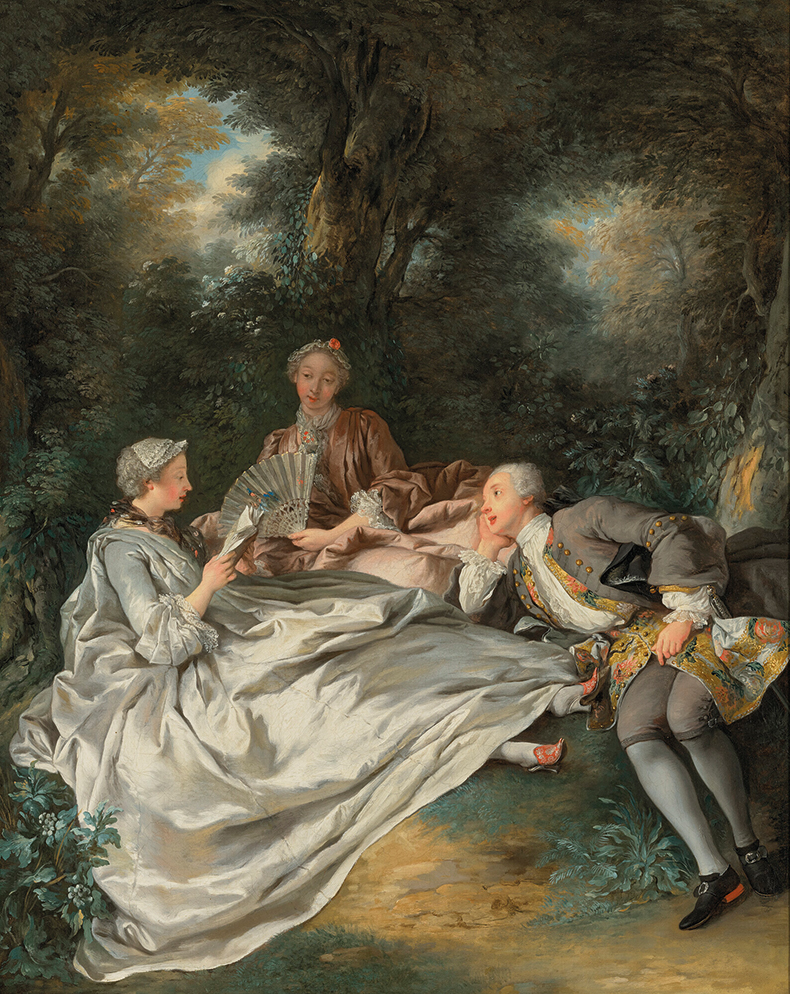
The Reading Party (1735), Jean-François de Troy. Christie’s, London
This has a big effect on price. A highlight at Christie’s was a tiny portrait of the Dutch philosopher and theologian Erasmus attributed to ‘Holbein and workshop’ and undated, which sold for £1.1m (estimate £1m–£1.5m). But a top-quality autograph work by the less well-known French rococo painter Jean-François de Troy made the highest price (£2.9m, estimate £2m–£3m).
Sotheby’s, meanwhile, offered a version of Titian’s Venus and Adonis (c. 1555–57), attributed to ‘Titian and workshop’, with an estimate of £8m–£12m. It made £11.2m, the best result of either sale. Had it been fully auto- graph, one Old Master expert said, it might have made £100m – that would have put it among the top sales of 2022, along with works by Warhol, Seurat, Cézanne, Van Gogh and Gauguin.
But perhaps the biggest difference between the Old Master and contemporary art market was revealed by the London day sales – lower-priced auctions often seen as a better indicator of the overall health of a market. Sotheby’s offered 133 works with estimates ranging from £500 to £160,000: despite these much more affordable prices and often rather attractive works, 53 failed to sell. Christie’s moved its day sale online, and offered 104 works with estimates from £4,000 to £150,000. Again, 40 works failed to sell. Together, the two auctions made £4.5m with buyer’s premium, both under their low estimates. Contrast this with comparable London and New York contemporary day totals last autumn, of £30m and $172m respectively.
Despite the problems of supply at the top end, there are perhaps other reasons why Old Masters have attracted newer buyers in much smaller numbers than contemporary art. While the ranks of the global wealthy have swelled, there is little reason why the newly wealthy in Asia, one of the fastest growing group of art collectors, or their counterparts in Silicon Valley should be familiar with Euro- pean history, classical mythology or Christian imagery. That might help explain why some Old Master auctions have started including works up to the end of the 19th century, more recent pictures with easier to understand imagery and themes. Sotheby’s did well in London with a huge fantasy nude, Campaspe (1896) by John William Godward, which made £1.3m (estimate £300,000–£500,000). Even more to contemporary taste, a turbulent seascape painted in 1886 by the Crimean-born Ivan Aivazovsky sold for £1.7m (estimate £600,000–£800,000), while a cool, almost modernist Nordic landscape by Gustaf Fjæstad painted in 1902 sold for £163,800 (estimate £80,000–£120,000).
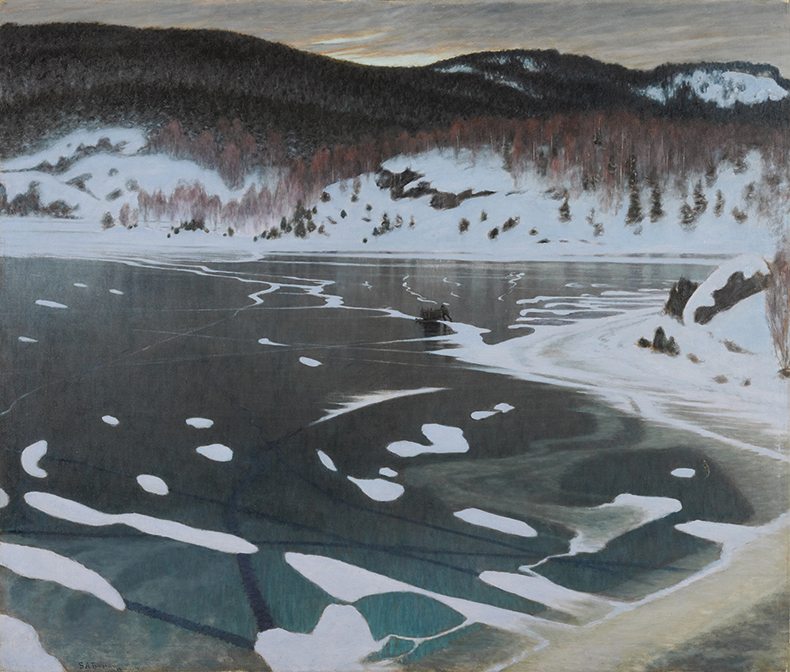
The Ice Lake (1902), Gustaf Fjæstad. Sotheby’s, London
Old Master paintings are associated with the wealth and power of the patrons who commissioned and bought them – European royalty, the aristocracy, the Church. They also sometimes reflect outdated ideas about gender, race and social class. Art historian Leslie Primo argues that ‘Old Master works of art can also be used to hold a mirror up to our contemporary society when it comes to addressing the ingrained centuries-old inequalities of class, sexism and racism.’ But, he says, the Old Master world ‘is still very much the preserve of people from a certain class who can’t necessarily explore these issues because they are largely unaware of the problem’.
Inequities are of course common, if less obvious, in the contemporary art world, but it has more easily seized the progressive narrative. Collecting the art of now ‘has become associated with a particular positioning around modernity, the contemporary and hipness – it promotes you as influential and as an opinion-former in your city,’ says the international museum consultant Adrian Ellis. That is one reason why contemporary art has exploded internationally, with the launch of numerous biennials, museums and art fairs.
Perhaps it is more accurate to say that the Old Master market has remained the same while everything around it has grown. The rarity of great works by the most famous Old Masters means they can compete in value with expensive Impressionist, modern and contemporary works. A painting judged by many as ugly, in poor condition and of debatable attribution, the supposed Leonardo Salvator Mundi, is at $450m the expensive painting ever sold. At New York’s Old Master sales in January there was excitement (as this edition went to press) around a gory work by Peter Paul Rubens, Salome Presented with the Head of Saint John the Baptist (1609). With an estimate of $25m to $35m it is one of the most expensive paintings by Rubens to appear at auction since The Massacre of the Innocents (1609–11) sold for £49.5m in 2002 – a picture some experts say could make $200m if it appeared on the market now.
Auction houses point out that limited supply means older works are a more reliable store of value compared with the vagaries of contemporary art’s fashions and rapidly changing artistic reputations. But there is no doubt that both museums and the art market could do more to connect Old Masters to contemporary issues and tastes. At Sotheby’s, a group of Dutch still lifes did well, particularly a fine glass vase filled with flowers from the 1660s by Jan Davidsz de Heem. It sold for £2.7m, almost double its upper estimate. (Its owner, the late Spanish collector Juan Manuel Grasset, bought it from Sotheby’s in 1987 for £200.) Some in the market expressed surprise – a leading dealer told the Art Newspaper that Grasset’s collection was ‘yesterday’s taste’.
Yet exuberant florals, pattern and decoration are trends in interior design and in contemporary art, a point not lost on social media influencer Girl and Gallery. Her TikTok video of the Grasset collection works has been viewed 1.4 million times. ‘The only thing that makes me nervous about the future of this market,’ says the art historian Bendor Grosvenor, ‘is the lack of real cheerleaders with a bit of imagination and storytelling to spread the gospel to the next generation of collectors.’
Ironically, the contemporary artists so lauded by both the market and museums need no convincing about the relevance of Old Master art. Peter Doig, Cecily Brown, Kerry James Marshall, Kehinde Wiley, Njideka Akunyili Crosby – all create work overtly referring to the masters of the past. Old Master art remains foundational to the international art world that so many collectors admire. It is a pity so many of its aficionados have become inward-looking while the rest of the art market has ballooned around it.
From the February 2023 issue of Apollo. Preview and subscribe here.
Unlimited access from just $16 every 3 months
Subscribe to get unlimited and exclusive access to the top art stories, interviews and exhibition reviews.

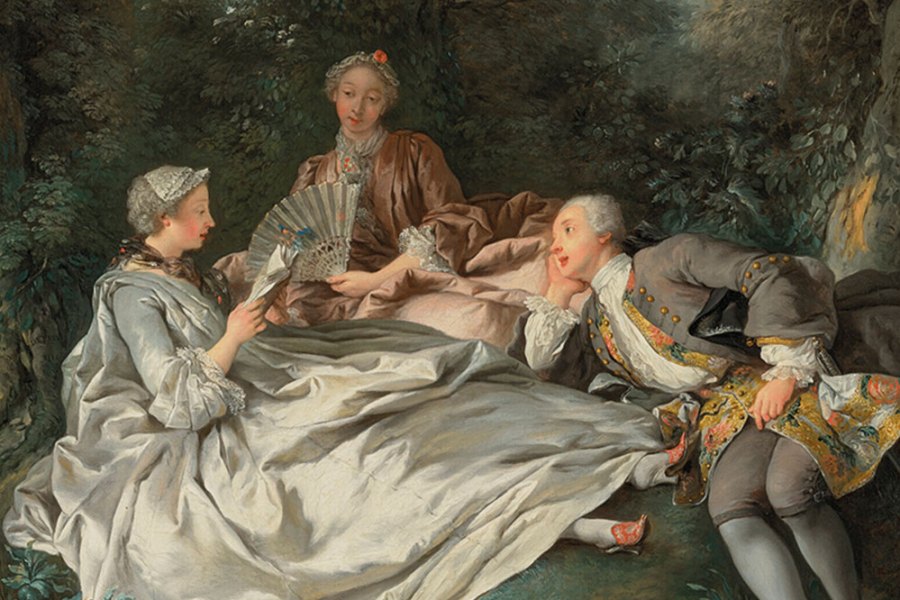
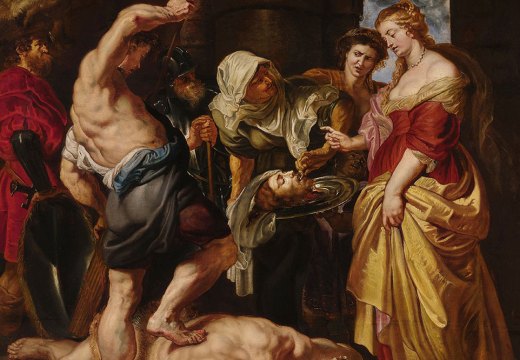
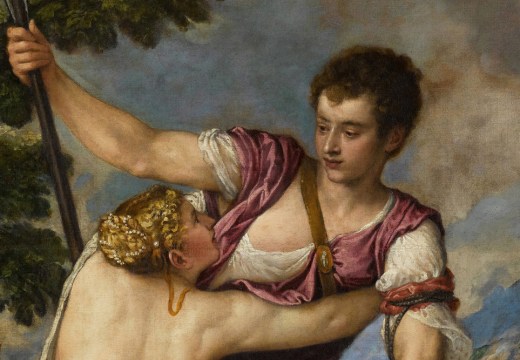
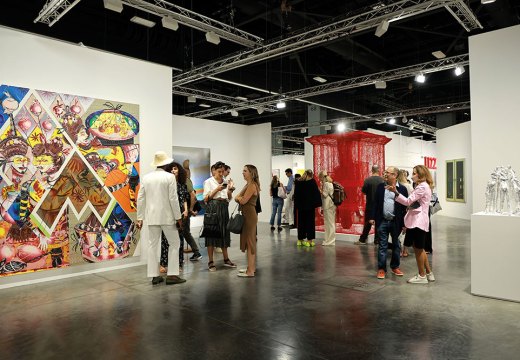









![Masterpiece [Re]discovery 2022. Photo: Ben Fisher Photography, courtesy of Masterpiece London](http://www.apollo-magazine.com/wp-content/uploads/2022/07/MPL2022_4263.jpg)
It’s time for the government of London to return to its rightful home